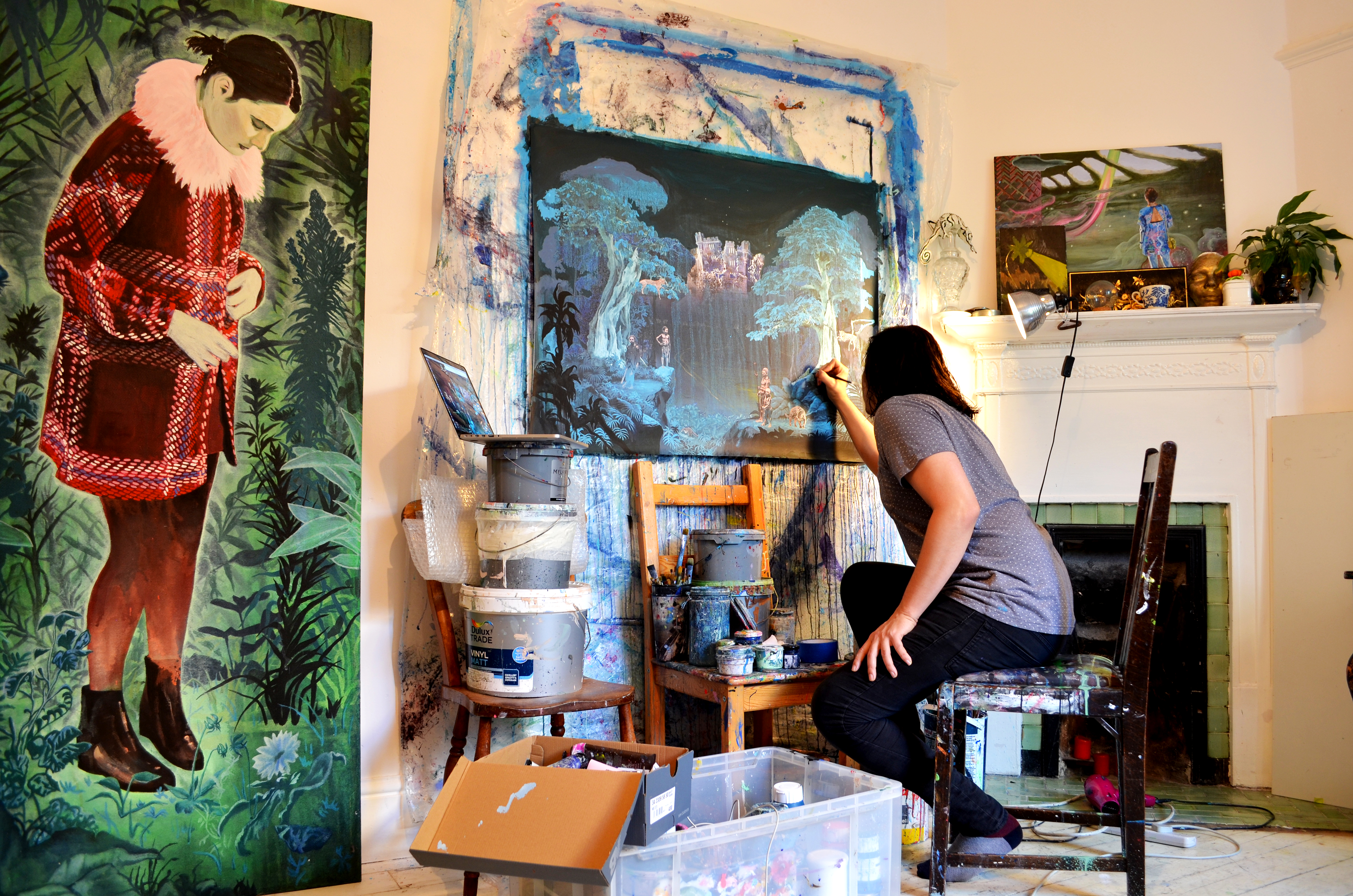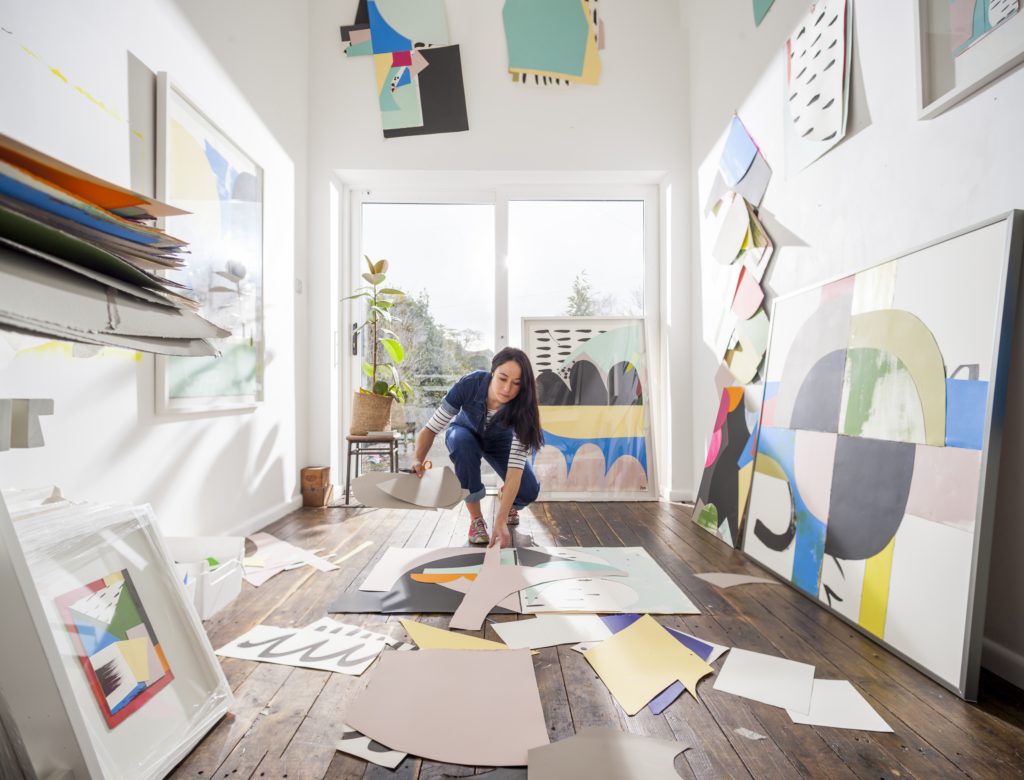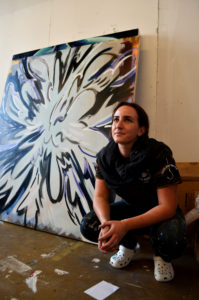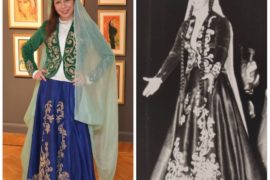If you are reading this blog, the chances are that you like art. You probably spend your time reading about artists and going to museums. You might even be an artist yourself. It’s unlikely however, that you collect, or even actively buy artworks. Why would you? Most art is expensive and a luxury that few can afford. In spite of this, there are ways to support artists that don’t have to break the bank. Armenia Art Fair spoke to a number of art world figures who are helping to support emerging artists while also educating young people about how to start an art collection – and much of these “gallerists” are doing this through online platforms, making art accessible from all corners of the globe.

“I strongly believe that young people should begin by collecting art school graduates”, says Natasha Arselan, the founder of AucArt, an online auction platform. AucArt is unique. It sells works by artists at the earliest stages of their careers, all of which are recent university and art school graduates. The auctions therefore, start at a low price point, making the art-buying experience more affordable. It also means that it is the lowest price you’ll ever pay for the work because it is improbable that these young artists will regress in their careers. “It’s highly unlikely that you’ll lose money”, Arselan adds, “As you follow the artist from the very beginning.” Therefore, the buyer is able to watch every milestone the artist reaches, whether that is a work in an exhibition, or an article in the press, enabling them to enjoy the same journey as the artist they’re supporting.
Amar Singh, founder of London’s Amar Gallery, and a new platform called Curated believes that art lovers should fill their homes in “anyway possible.” He even advocates for enthusiasts to fill their homes with images printed from the Internet. “Seriously!”, he says, “High prices can often be alienating and art is meant to be for everyone.” He also comments on the benefits of buying affordable prints, and the purchase of artworks that can be bought with the assistance of 0% interest monthly payments – a great way to get onto the collecting ladder. That said, earlier this year Singh launched Curated, an inexpensive online art programme with a heavy focus on female artists. “There was no fine gallery I knew of that had an affordable art programme”, he explains, “In addition to this, female artists are underrepresented.” The platform therefore not only helps artists sell their work, it works to balance out gender inequality within the art world, all while allowing collectors to browse works at accessible price points.

Similarly, Emergeast is an online gallery that focuses on selling the works of emerging Middle Eastern artists at affordable prices. Founded by Dima Abdulkader and Nikki Meftah in 2014, the platform was created after the pair spotted a gap in the market for emerging Arab and Iranian artists. “As young urban professionals in our early 20’s we wanted to start our very own art collection”, says Abdulkader, “Specifically art tied to our roots’ culture, history and background.” The pair realised the need for a platform like Emergeast when they found that there was no immediate place to acquire art by Middle Eastern artists at prices a 20-something urbanite could afford. “We chose to strictly be online as it gives us the chance to reach a wide international audience”, adds Meftah, “Technology is powering the volume of interest.” And, unlike many unattainable artworks in “blue-chip” galleries, the price tag is clearly marked on the artwork from the outset, allowing the buyer to know exactly what they are paying for.
Emergeast is broad in its scope, representing artists from the USA to Muscat, and with roots across the Middle East. In the future, Curated hopes to grow too. Currently the platform hosts 50 female artists from the United Kingdom, but has big plans. “I hope to grow this initiative to multiple cities worldwide”, explains Singh, “But just imagine having hundreds of artists from every major city in the world on such a platform.” Indeed, this could help thousands of artists.
When asked how he thinks people should start an art collection, Singh responds by saying: “Buy what you love. Forget about the pretentious ‘art world jury’ and truly purchase whatever moves you or makes you smile.” If you look through history, some of the most innovative collections are built from early career artists – just look at Peggy Guggenheim. So, if you truly love art, it makes sense then to support emerging artists. “You become a patron because you support them from the beginning”, explains Arselan, “You are one of the first to discover that artist. You feel like you have a protégé.”








